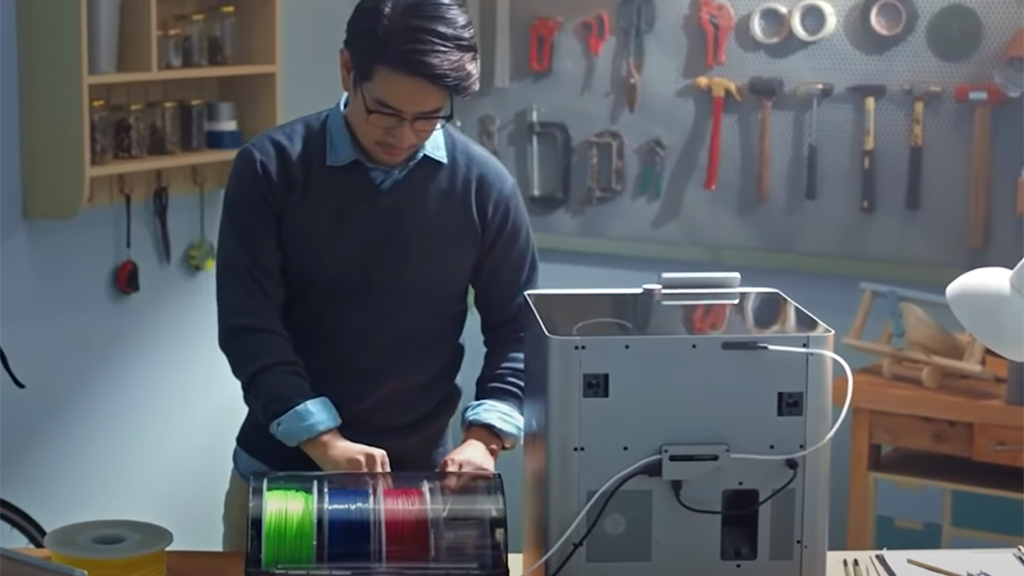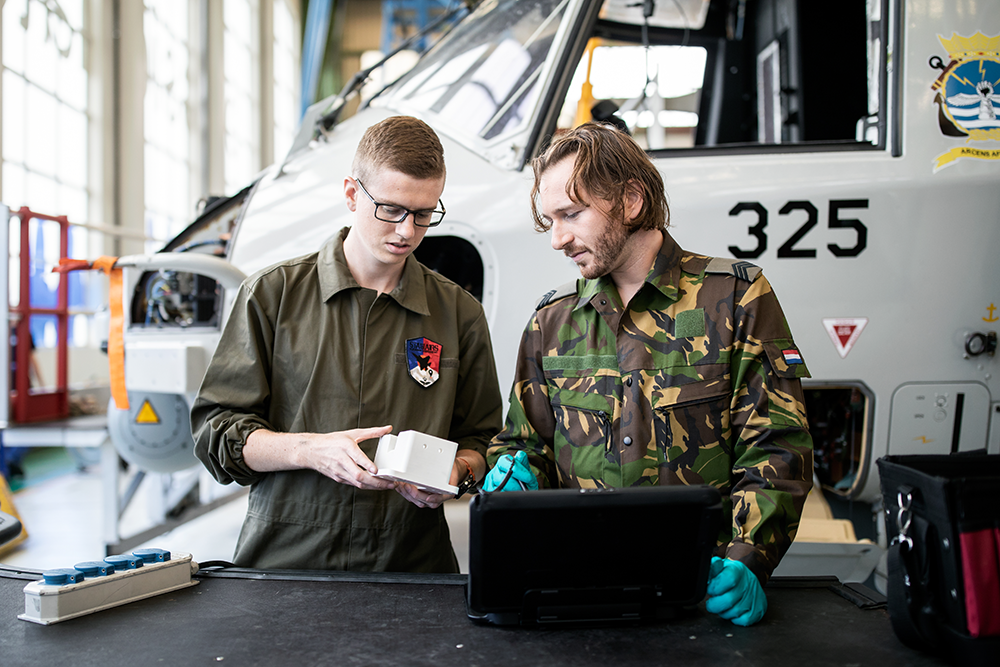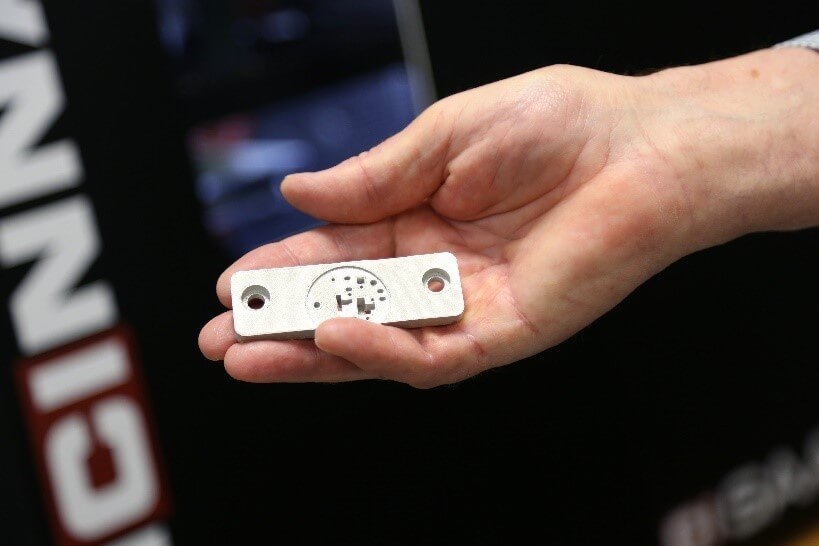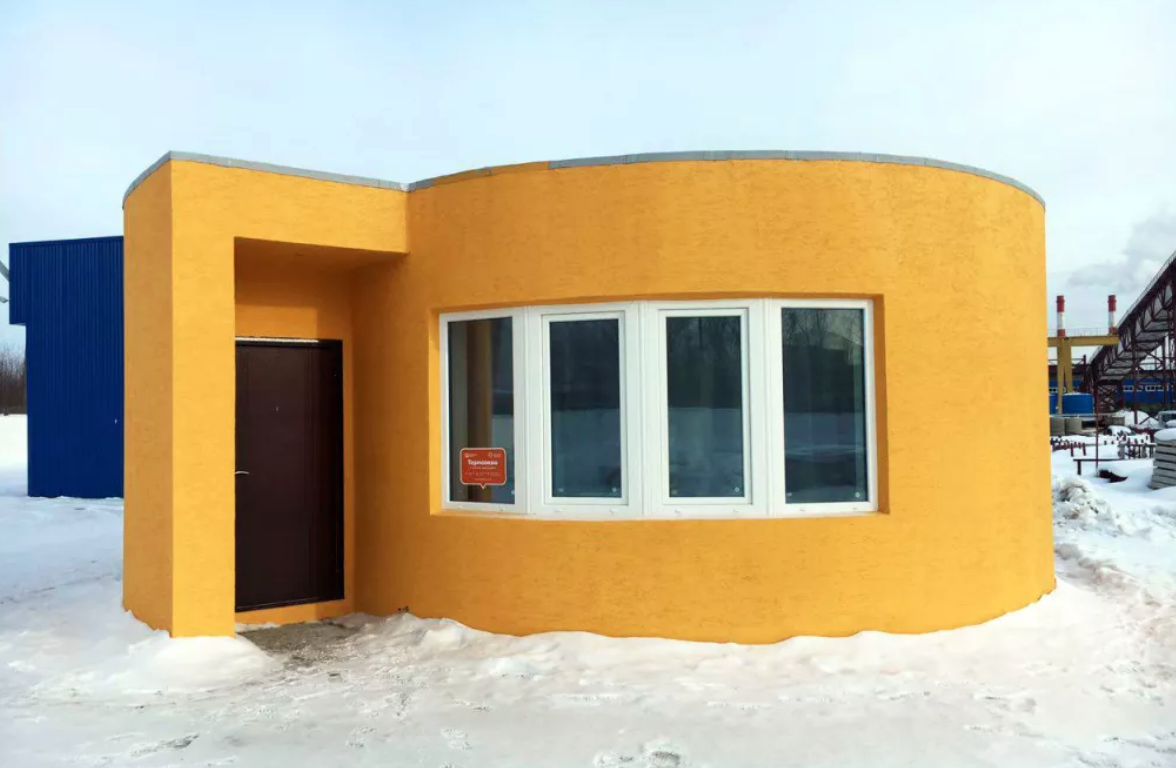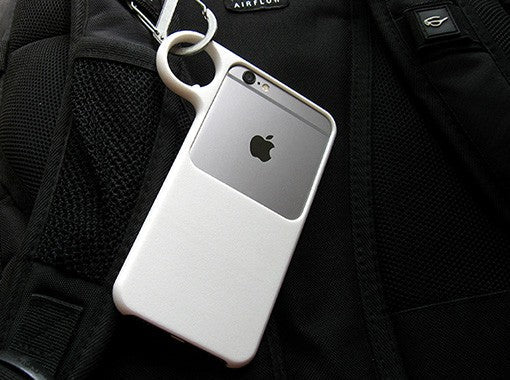To Market, To Market with 3D Printed Food
June 08, 2023
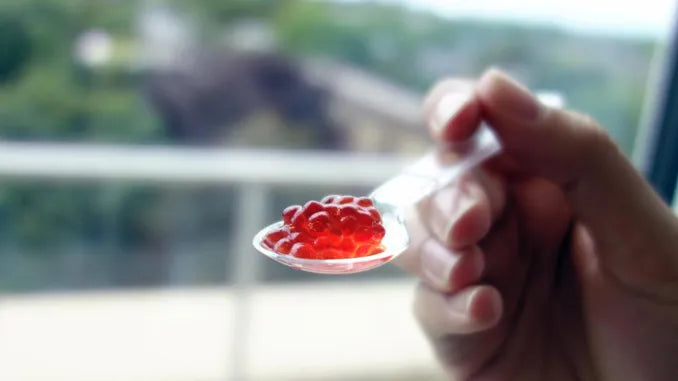
What can 3D printed food manufacturing learn from McDonald’s?
In a galaxy far, far away from 3D printing…
In 1954, Ray Kroc joined the McDonald’s team in California. He was responsible for enlarging the franchise operation. By 1956, there were 14 stores, and sales reached 50 million hamburgers.
By 1958, when I first visited a McDonald’s, sales had reached 100 million. That fact was advertised on a little billboard under the arch — “McDonald’s Hamburgers: over 100 million sold.” By 1960, that billboard read, “over 400 million sold.” 6 years. Exponential growth.
This amazing success was built on a short list of requirements that every franchise met. Kroc’s list, QSC&V (Quality, Service, Cleanliness, and Value) meshed perfectly with the McDonald’s brothers mass production food techniques and assembly line customer order processing. It was a combination that met the needs of the market at that time.
Can 3D printed food meet the needs of today’s market?
The world has changed in 55 years and with it, what consumers want. A recent report shows that sales of packaged and processed foods are declining, and customers want more fresh fruits, vegetables, and meats. More and more, people are turning away from processed foods, from industrial “food products.” As supermarkets and fast food operations lose market share (McDonald’s is closing stores for the first time in its history), they are scrambling to respond to this changing market.
Can 3D printed food meet the requirements of this very different market? Let’s think about what those requirements are likely to be.
- An increasing number of Americans are health conscious. This is likely to mean organic food, food that retains its natural fiber, no food additives, and no added sweeteners.
- More and more Americans want food that is produced and distributed sustainably, and they want to know that those who work along the food supply chain are treated fairly.
3D printed food: healthy, sustainable and affordable?

So I wonder: can 3D printed food become a significant part of today’s food economy?
To answer that question, I devised a checklist. Ray Kroc’s QSC&V (Quality, Service, Cleanliness, Value) checklist was short, and following that example, so is mine. I think it corresponds to the kinds of things an increasing number of us want in our food. Here’s my checklist:
- Healthy
- Easy
- Real
- Delicious
- Sustainable
HERDS. Can 3D printed food fill those specs? Can we produce 3D printed food to satisfy today’s market to the extent that it will become a real market force?
I admit I’m skeptical. For the most part, what I have seen in 3D printed food is ingenious and often attractive, but the best items are highly processed, sugar-laden (confections), and along the lines of fast foods (pizzas). They fail on at least three of five points in my HERDS checklist: healthy, real and sustainable.
3D Printed Food Serves Special Needs
I do see, though, that 3D printed food can serve some important specialized needs, most effective among them so far, food for seniors with dysphagia (difficulty swallowing):
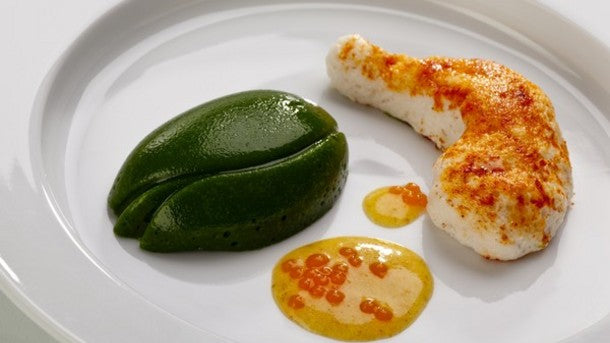
Softfoods, from TNO, a Dutch non-profit, 3D printed food that is easier for seniors to eat. Typically seniors have to eat unappetizing purees. In Germany, seniors with dysphagia living in nursing homes are likely to receive a beautiful plate of 3D printed soft food.
More making health easier for some, Dovetailed 3D Fruit Printer. The beautiful custom-designed 3D printed fresh fruits pictured at the top of this page could certainly be a vehicle for important vitamins and minerals that people find it difficult to get from food for a variety of reasons. I think, in particular, of seniors and very young children.
Dovetailed developed a spherification printer that uses fruit juice combined with a gel to create droplets of custom fruit flavors encased in a very thin “skin.” The droplets form into specific programmed shapes.
At the very least, these 3D printed fruits, made of real fruit juice, are healthier snack items than most commercial snacks promoted for children.

Healthy, very fresh, real food anywhere, anytime. Dutch food designer Chloé Rutzerveld created cracker-like yeast structures containing seeds and spores that sprout over time. These natural, transportable products certainly make healthy snacks or traveling food at the very least. Nutritionally it’s got to be superior to airline trays!
While the designer sees it as the future of food in the long run, it’s easy to think of significant ways to use these fresh, natural products in the short run. Certainly, it would be easier to print foods like these and distribute them in disaster areas as an alternative to bulky and expensive-to-ship traditional foods.
Use plentiful but unpalatable ingredients. We are familiar with this kind of processing. Isn’t it the basis of cooking? If we looked at many of the foods we eat in their raw form (livers, tongues, flesh), we might not eat them. Various processes, including cooking, make them not only palatable but delicious to many. Any mom knows how to sneak healthy items into their kids’ favorite foods, and many are learning that green smoothies are a delicious way to serve up greens to people who might otherwise not eat them.
Similarly, various scientists and technicians are looking at ways to use items that are plentiful but unappetizing so don’t get used, although they might provide excellent nutrition. 3D printing can turn these items into the base ingredient for familiar dishes.
These ideas and innovations, all satisfying our HERDS requirements, tell me that while 3D printing may never replace real food and traditional food preparation at a time when we are hungry for it, it has the potential for a major role in the big food picture as we move toward the future.
In the meantime, follow us on Twitter (@3dprintingisfun) and like us on Facebook. Subscribe to this blog, or visit us at shop3duniverse.com.
More 3D Universe blog posts:
In THIS post you’ll learn how 3D printed food could help seniors.
